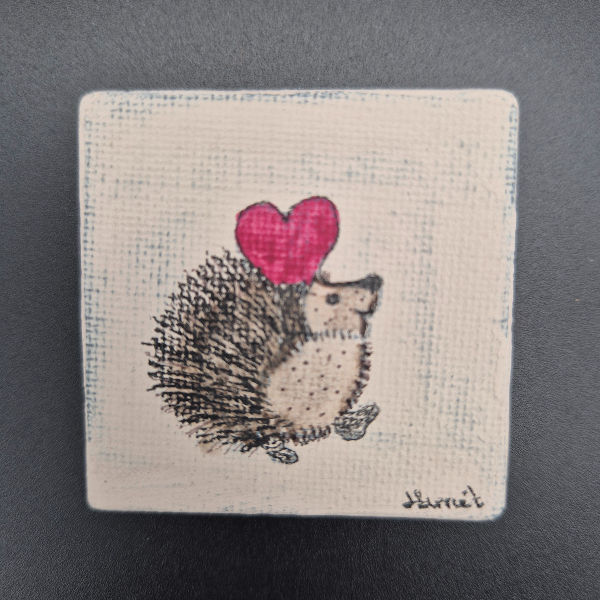Myiasis (Fly Larvae On Hedgehogs)
- Hedgehog Sanctuary

- Sep 13, 2018
- 2 min read
Updated: Sep 27, 2018
What is it?
An infection of tissues of a living animal with fly larvae (maggots). Also know as Blowfly strike, Fly larvae infestation, Maggot infestation, Flystrike.
How do Hedgehogs get these fly larvae?
Calliphorid flies (Bluebottles, screw-worms etc.) which lay eggs on wounds, infected skin or skin dampened or soiled with normal discharges or faeces.

What type of disease is it?
It is a Parasitic - Insects, Mites and Ticks.
What is the Susceptibility / Transmission in hedgehogs?
Juvenile (hoglets) and debilitate hedgehogs are recognised as being extremely susceptible. Young abandoned hoglets are particularly susceptible. Animals with wounds are susceptible. Debilitated animals are susceptible even if they do not have open wounds.
Where to look on a hedgehog for this disease?
Presence of larvae on the eyes, within natural orifices (ears, nose, mouth, anus, prepuce, vulva, cloaca) or on open wounds or within tissues.
To detect early cases of myiasis a thorough examination is necessary, paying particular attention to the tail fold and the inguinal glands. Diagnosis is based on the clinical signs.

First stage maggots are only a few millimetres in length and can be difficult to see. In established cases of myiasis, second and third (mature) larvae will be present and there is likely to be considerable soft tissue damage. These maggots are found more superficially than are Cuterebra larvae (Cuterebra (Warble) Infection in Lagomorphs).
Where does this Infectious/Non-Infectious Agent associated with the Disease come from?
Most blowflies (e.g. Lucilia, Calliphora, Phormia and Protophormia species) will usually feed on dead tissue or decaying matter.
The majority of parasitic blowflies are actually facultative parasites and are able to complete their life cycle on dead tissue, other organic matter, and living tissue.
Some blowflies, including the Lucilia species, are able to initiate fly strike and are therefore described as primary flies. Secondary flies, however, cannot initiate myiasis, but attack areas that are already struck or otherwise damaged.
What treatment can be given to the hedgehog for the disease?
This list shows solutions for treatment. However, we are not medical experts and don't administer all these steps. A trained veterinary clinic needs to be consulted before you carry out any treatments so as not to harm the hedgehog though negligence.
Intravenous fluid therapy.
Supportive nutritional care.
Analgesia.
Antibiotics.
Removal of all the second and third stage of larvae).
Removal of as many first stage larvae and eggs as possible.
Treatment to kill, or inhibit the development of, any remaining larvae and eggs.
Wound management including debriding and dressing the wound.
Identification and treatment of underlying causes.
You can read more about specific medical treatments, general nursing, and surgical techniques. It must be noted that this is for reference only, you need to speak to a trained veterinary clinic before administering any treatments.
We need your support, even if it's just spreading the word to increase awareness,
























